In celebration of National Mining Week 2024, CivMin highlights Mining Research and Community. We chatted with two graduate students Lauren Twible and Yunyun Yan to learn more about their exciting research aimed at improving mining practices and making the industry more sustainable.
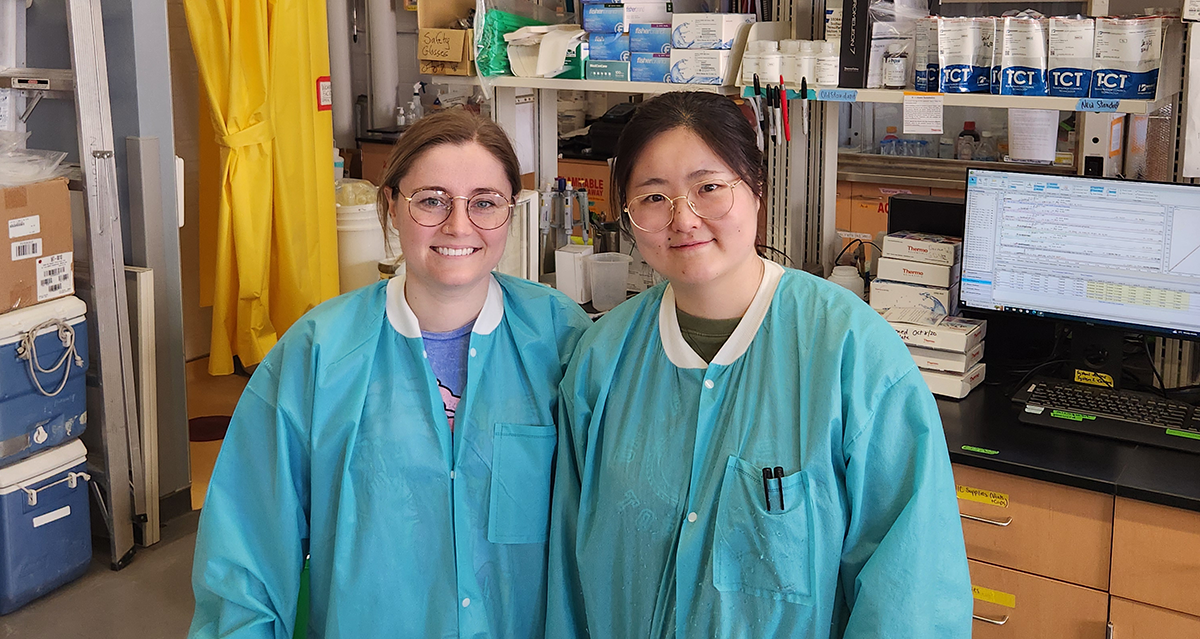
Lauren Twible, a PhD candidate in Prof. Lesley Warren’s lab investigates the role of sulphur and sulphur-oxidizing bacteria in base metal mining to mitigate environmental impacts amid rising demand for renewable energy infrastructure.
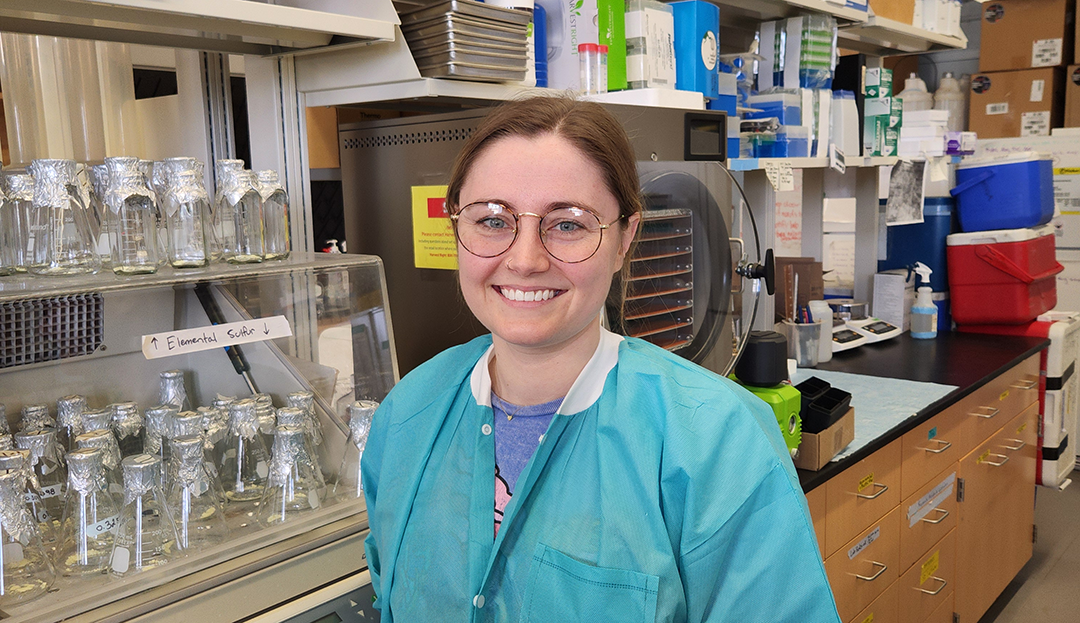
Could you please introduce yourself and tell me about the research you are currently involved in?
My name is Lauren Twible, and I’m a PhD candidate in Prof. Lesley Warren’s lab working on the Mining Wastewater Solutions (MWS) Project. My research focuses on understanding the role and impact of sulphur and sulphur-oxidizing bacteria in base metal mining aimed at minimizing the environmental impacts of mining. Increasing demand for base metals to support renewable energy infrastructure has resulted in a global increase in mining wastes and mining-impacted waters. As these mining waste landscapes continue to grow, there is an increased demand to understand the biological and geochemical conditions governing these environments.
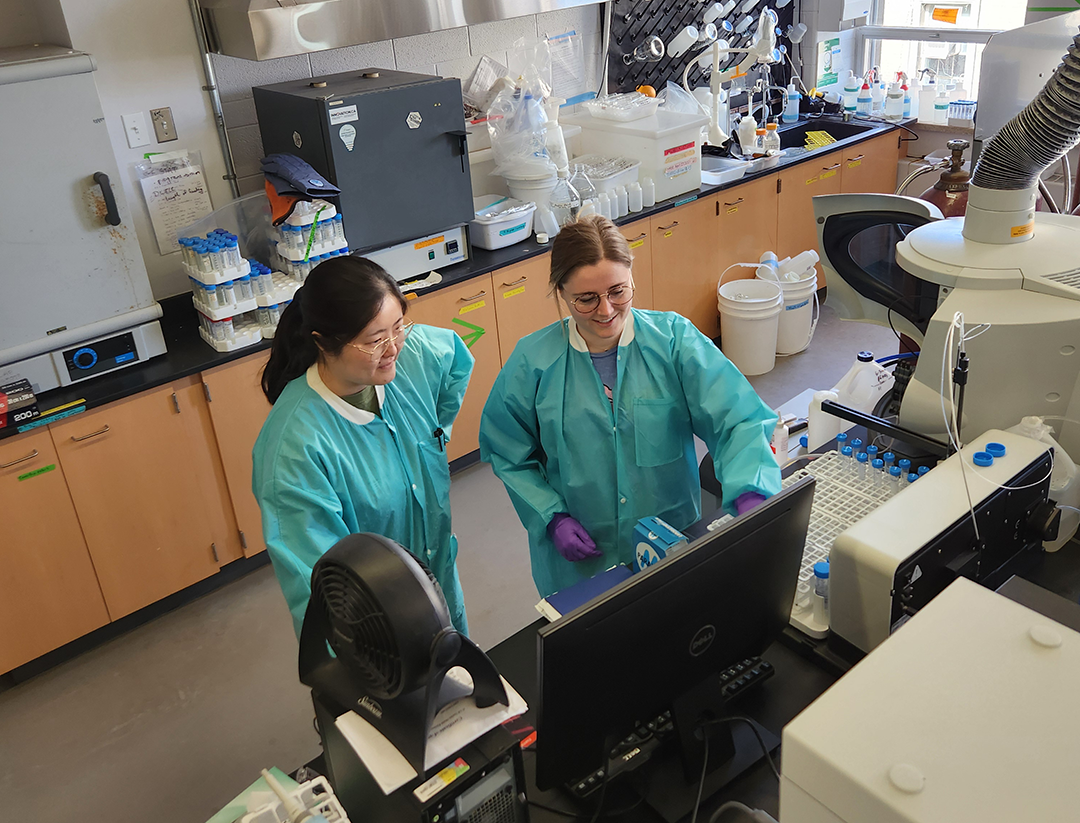
We focus on sulphur because it plays an important role in these systems, with many sulphur-rich ores being processed, resulting in large quantities of sulphur ending up in these wastewater landscapes. These mine wastewater systems remain relatively understudied outside of acid mine drainage (AMD) conditions, which are characterized by highly acidic, high metal, and low oxygen conditions. To better understand these systems outside of AMD conditions, we use physicochemical, geochemical, microbiological, and metagenomics approaches. Identifying potentially novel sulphur-oxidizing bacteria and their functions is a significant aspect of our work. We spend a considerable amount of time growing bacteria and researching their metabolisms to determine any potential impact on-site. This allows us to provide our partners with more informed remediation opinions and monitoring options based on biological data.
From the research standpoint, is your main goal to keep monitoring the situation for your partners, or are there any other aims you are pursuing?
Objectives for the MWS project include lowering management costs, decreasing the risks of negative environmental impacts, and contributing to a better understanding of the bacteria present in these systems.
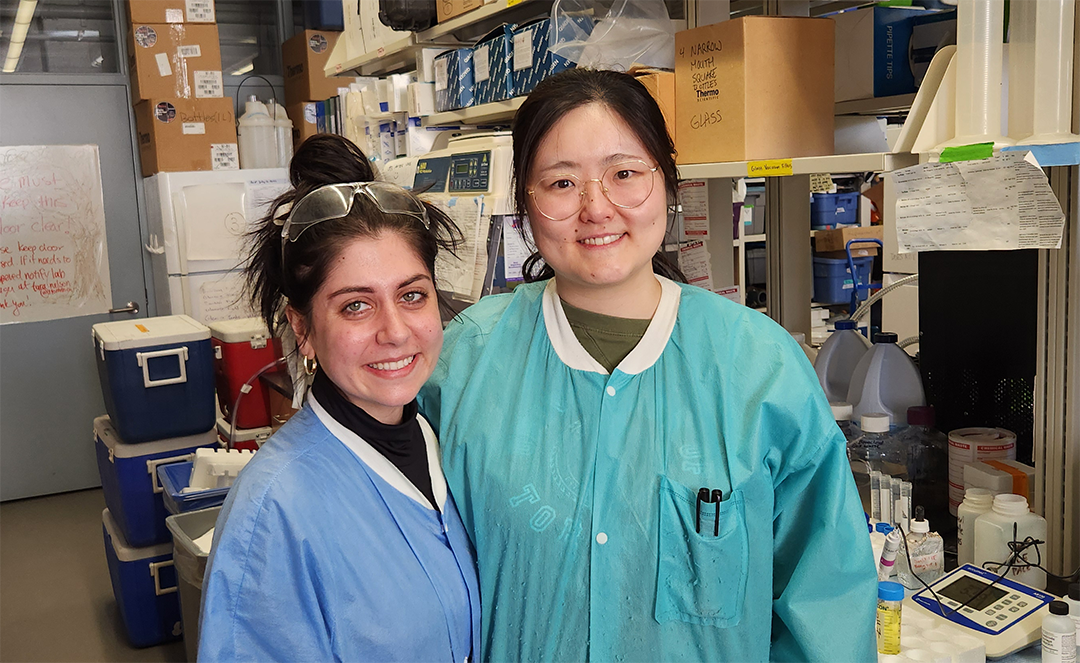
Professor Lesley Warren and her PhD student Yunyun Yan are studying the first oil sands land pit lake in Alberta, Canada. Their research is part of the massive oil sand tailings reclamation project, a collaboration between industry and academia aimed at making the surface mining industry more sustainable.
The lake is the only full-scale demonstration for the ongoing viability assessment of water-capped tailings technology, a potential strategy for long-term oil sand tailings reclamation. To put this into perspective, the lake works as a water cap on top of the oil sands tailings. This unique method can address various concerns over time, such as preventing carbon dioxide and methane emissions as well as accelerating the landscape healing process.
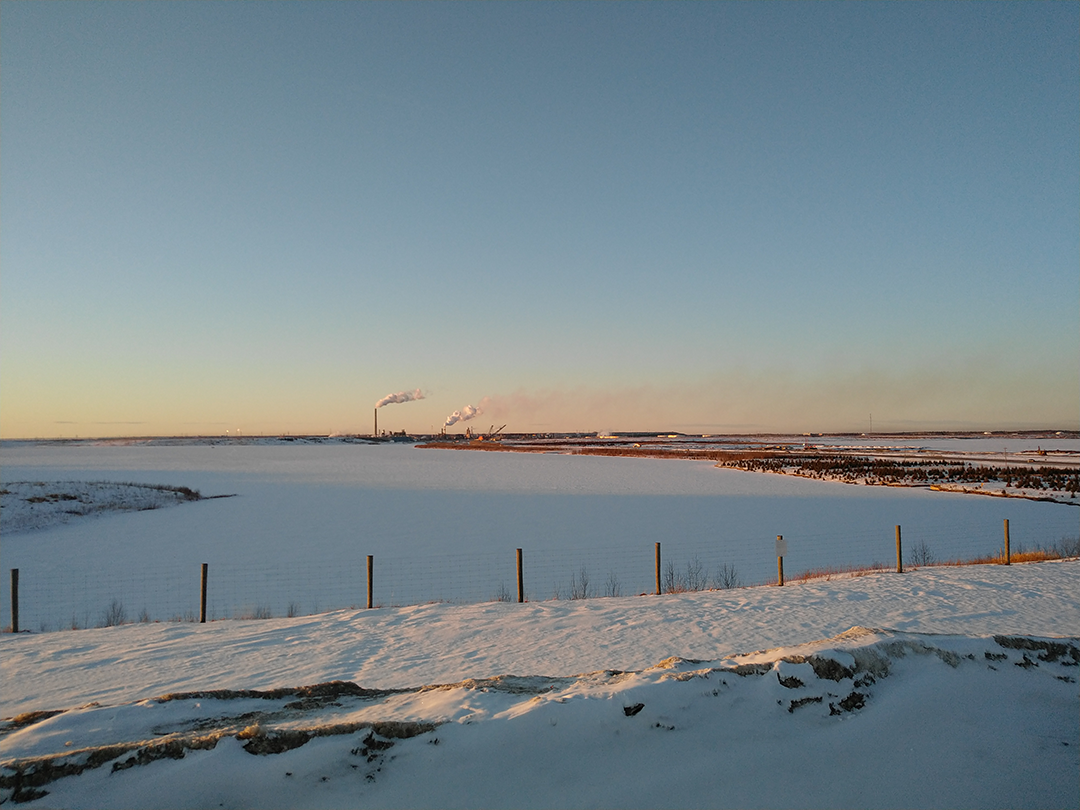
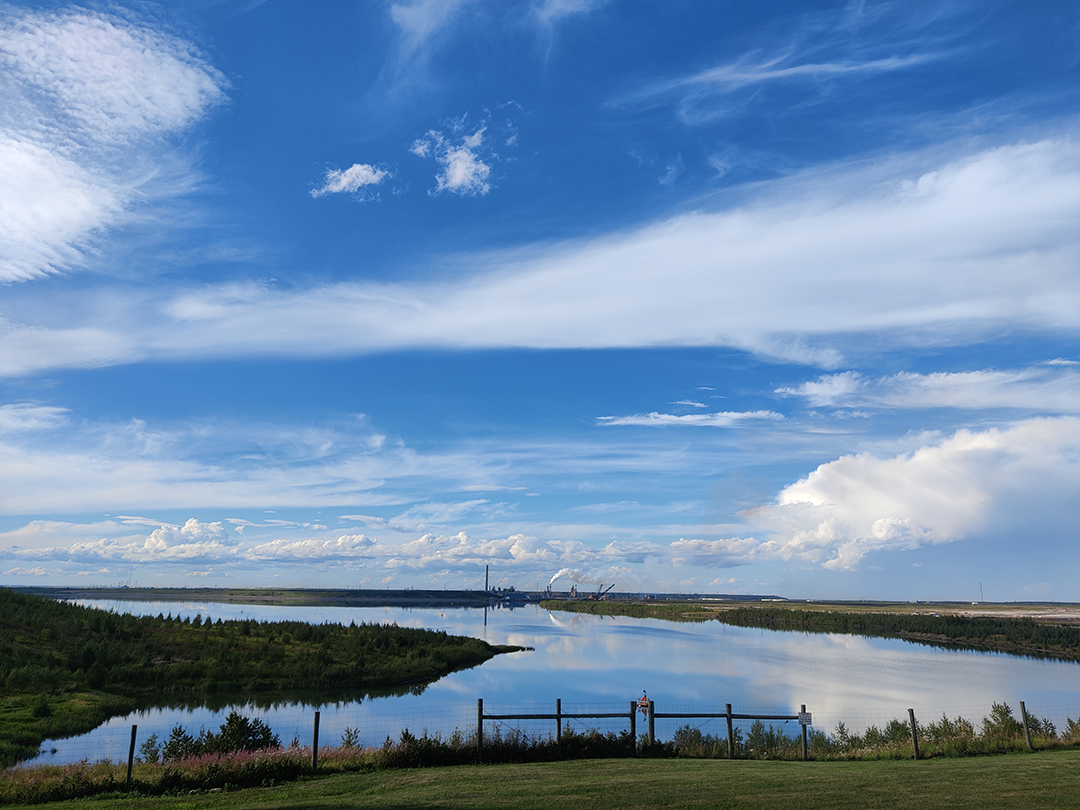
Comprehensive research of the pilot end pit lake ecosystem is crucial for policy decisions and adaptive management within the oil sand mine closure frameworks. Upon regulatory approval, approximately 23 more end pit lakes were proposed to be built in the area. While multi-discipline industrial and research institutions collectively assess end pit lake water quality and biodiversity development, the University of Toronto’s Mine, Water and Environment research team focuses on biogeochemical Sulphur (S) cycling processes. This aspect of the lake’s unique engineered system remains unconstrained, thus its emergent risks to pit lake water cap oxygen persistence need to be thoroughly analyzed.
“I joined Prof. Lesley Warren’s research team in 2019. My PhD research aims to characterize the biogeochemical S cycling processes in the end pit lake water cap, which pose emergent risks to lake water oxygen levels, a key metric for the success of pit lake ecological development. Combining field monitoring and lab experimental techniques, we can assess what is happening within the system, as well as attempt to predict what may occur in the next 20-30 years. Our research provides insights into the adaptive management strategies of our industry partners, promoting the successful reclamation of oil sand tailings crucial for the sustainable development of the oil sands industry,” says Yan.